What Are OOPS Concepts In Java?
4.8 out of 5 based on 7848 votesLast updated on 31st Aug 2024 18.6K Views
- Bookmark

Understanding the key concepts of OOPs and implementing them in your code can take your programming skills to the next level.

Introduction
In programming, Object-Oriented Programming (OOPs) is a fundamental concept that is widely used to create applications with a more organized and efficient structure. Java is a known programming language that heavily relies on OOPs principles. So, what exactly are OOPs Concepts in Java and how do they work? Let's dive in and explore the key concepts and Java Developer Course every Java developer should know. Object-Oriented Programming is a powerful paradigm that can help developers write more organized and efficient code. By understanding the key concepts of OOPs and implementing them in your code, you can take your programming skills to the next level. So next time you sit down to write code, remember the principles of OOPs and reap the benefits it has to offer.
What are OOPS Concepts in Java?
OOPS Concepts in Java refer to the key principles of Object-Oriented Programming that are used to design and develop applications in Java. OOPS concepts include encapsulation, inheritance, polymorphism, and abstraction, you can create more organized, efficient, and flexible code that is easier to maintain and extend.
- Object
- Class
- Inheritance
- Polymorphism
- Abstraction
- Encapsulation
-
OOPs Classes
In OOPs, classes can be thought of as blueprints for creating objects. They act as templates that define the properties and behaviors that objects of that class will have. For example, if we have a class called "Car," the properties of this class could include make, model, color, and year, while the behaviors could include methods such as drive, brake, and honk. You need to enroll yourself into a Java Full Stack Course Online for better understanding of the concepts.
Classes play a crucial role in promoting code reusability and organization. By encapsulating data and methods within a class, we can easily reuse the class in different parts of our code without having to rewrite the same code multiple times. This not only saves time and effort but also makes our code more manageable and easier to maintain.
-
OOPs Objects
At its core, an object in OOPs is a self-contained unit that combines data and functionality. Objects are instances of classes, which are blueprints or templates that define the structure and behavior of the objects. In simpler terms, objects are like individual entities that have attributes (data) and actions (methods) associated with them. Java Full Stack Training will equip you with the skills required for Java Full Stack Developer.
Example of OOPs Objects
Let's take a real-world example to understand OOPs objects better. Think of a car, as a car can be represented as an object in OOPs in the real world. The car object would have attributes such as color, model, and year, and methods such as drive, stop, and honk. Each car object can have different values for its attributes, making it unique from other car objects.
-
Encapsulation
Encapsulation is the practice of bundling the data (variables) and methods (functions) that operate on the data into a single unit called an object. This helps control the data access and prevents it from being modified accidentally. Classes in Java are used to create objects, and each class can have its own set of variables and methods. By encapsulating the data within the class, the code becomes more organized and manageable.
How to Implement Encapsulation in OOPs?
In practice, encapsulation in OOPs is achieved through access modifiers such as public, private, and protected. These modifiers determine the visibility of class members (attributes and methods) to other classes. By marking data members as private, you can restrict access to them to only within the class itself, while providing public methods (getters and setters) to manipulate the data in a controlled manner.
class Person {
private String name;
public String getName() {
return name;
}
public void setName(String name) {
this.name = name;
}
}
In the example above, the name attribute is encapsulated within the Person class, and access to it is restricted to the getName and setName methods. This ensures that the name data is accessed and modified in a controlled way.
-
Inheritance
Inheritance is a mechanism in which a new class inherits properties and behaviors from an existing class. This allows for code reusability and helps in creating a hierarchical relationship between classes. Inheritance in Java is implemented using the "extends" keyword, which can inherit the properties of a superclass. This promotes code reuse, reduces redundancy, and makes the code more modular. Learn all the OOPs concepts through Java Full Stack Developer Training.
Common Pitfalls to Avoid
Diamond Problem: One common issue in inheritance is the diamond problem, where multiple classes inherit from the same base class, leading to ambiguity in method calls. To avoid this problem, consider using interfaces or abstract classes to define common functionalities.
Fragile Base Class Problem: Another common pitfall is the fragile base class problem, where changes to a base class can unintentionally affect derived classes. To mitigate this issue, follow the SOLID principles and strive for loose coupling between classes.
Overriding Methods Incorrectly: Incorrectly overriding methods in derived classes can lead to unexpected behavior and bugs in your code. Be mindful of the super keyword in languages like Java and Python to ensure proper method overriding.
How to Overcome Challenges?
Use Composition Over Inheritance: In some cases, it may be more beneficial to use composition over inheritance to achieve code reusability and flexibility. By favoring composition, you can avoid the complexities and pitfalls of inheritance oops.
Follow Design Patterns: Utilizing design patterns such as the Factory Method, Strategy, and Observer patterns can help streamline your code and reduce the chances of encountering inheritance oops. Familiarize yourself with these patterns to enhance your programming skills.
Write Unit Tests: Writing comprehensive unit tests for your classes and methods can help uncover issues related to inheritance oops early in the development process. Test-driven development (TDD) can be a valuable practice in avoiding bugs and maintaining code quality.
-
Polymorphism
Polymorphism is the object's ability to take on multiple forms. Polymorphism in Java can be attained through method overloading and method overriding. Method overloading allows a class to have multiple methods with the same name but different parameters, while method overriding involves redefining a method in a subclass that is already defined in its superclass. This flexibility allows for more dynamic and flexible code, making it easier to make changes and enhancements.
How does Polymorphism Work in OOPs?
Polymorphism in OOPs is achieved through method overriding and method overloading. Method overriding assists the subclass in providing a specific implementation of a method provided by its superclass. On the other hand, method overloading involves defining multiple methods with the same name but different parameters within the same class.
Example of Polymorphism in Python
class Animal:
def speak(self):
pass
class Dog(Animal):
def speak(self):
return "Woof!"
class Cat(Animal):
def speak(self):
return "Meow!"
# Polymorphism at work
animals = [Dog(), Cat()]
for animal in animals:
print(animal.speak())
-
Abstraction
Abstraction is hiding a concept based on the complex implementation details of a system and exposing only the necessary components. An Abstraction in Java can be achieved using abstract classes and interfaces. Abstract classes provide a blueprint for other classes to inherit from, while interfaces define a set of methods that a class must implement. By abstracting the implementation details, the code becomes more modular, maintainable, and easier to understand.
How Abstraction Works in OOPs?
Abstraction in OOPs is achieved through the use of abstract classes and interfaces. An abstract class means a class that cannot be instantiated containing one or more abstract methods. These methods are declared but not implemented in the abstract class, allowing subclasses to provide their implementation.
An interface is a contract defining a set of methods that a class must implement thoroughly. By using interfaces, we can define a common set of behaviors that multiple classes can adhere to, promoting code consistency and reusability.
The Advantages of Using Abstraction
Code Reusability: Abstraction allows us to create reusable code components that can be shared across different parts of our application.
Flexibility and Extensibility: By using abstract classes and interfaces, we can easily extend and modify the behavior of our objects without affecting other parts of the code.
Easy Maintenance: Abstraction makes our codebase easier to maintain and update, as changes to the abstract classes or interfaces are automatically reflected in the implementing classes.
You May Also Read These Posts:
Java Full Stack Developer Course Syllabus
Java Full Stack Developer Interview Questions
What Is Java Database Connectivity
JavaScript Interview Questions
What is a Method?
In OOPs, a method is essentially a function that is associated with a class. It defines the behavior of an object and allows the object to perform certain actions. Methods are invoked on objects to manipulate their data and interact with other objects in the system. Think of a method as a set of instructions that tells the object what to do when a specific action is performed.
One of the key characteristics of methods is encapsulation. This means that methods can access and modify the data of an object while hiding the implementation details. Encapsulation is crucial for maintaining data integrity and ensuring that objects are only modified in a controlled and predictable manner.
What is Method Passing?
Method passing, on the other hand, refers to the process of passing parameters to a method when it is invoked. Parameters are values that are passed to a method to provide additional information or data that the method needs to perform its intended task. Method passing allows for dynamic behavior in methods and enables them to work with different sets of data based on the parameters provided.
There are two main types of method passing: pass by value and pass by reference. In pass-by value, a copy of the parameter is passed to the method, while in pass-by reference, a reference to the parameter is passed. Understanding the differences between these two types of method passing is essential for writing efficient and reliable code in OOPs languages.
The Advantages of OOPs over Procedure-Oriented Programming
1. Modularity and Reusability
In OOPs, code is organized into objects, which can be easily reused in different parts of the program. This modular approach makes code more maintainable and scalable compared to the linear structure of Procedure-Oriented Programming.
2. Encapsulation and Data Security
With OOPs, data is encapsulated within objects, making it more secure and less prone to accidental modification. This helps prevent data corruption and ensures the integrity of the program.
3. Inheritance and Code Reusability
Inheritance allows objects to inherit properties and behaviors from parent classes, reducing redundancy and promoting code reuse. This approach saves time and effort in writing and maintaining code.
4. Polymorphism and Flexibility
Polymorphism allows objects to exhibit different behaviors based on their class, giving developers flexibility in implementing different functionalities without changing the underlying code structure. This promotes code extensibility and adaptability.
5. Better Problem-Solving and Design
OOPs encourage developers to think in terms of real-world objects and relationships, leading to more intuitive and organized code design. This approach helps in better problem-solving and results in more robust and efficient software solutions.
6. Improved Code Maintenance
The modular nature of OOPs makes code easier to maintain and update. Changes can be made to individual objects without affecting the entire program, reducing the chances of introducing bugs and errors.
7. Enhanced Code Readability
OOPs emphasizes clear and structured code design, making it easier for developers to understand and collaborate on projects. This improved readability leads to better teamwork and more efficient development cycles.
Related Courses: Full Stack Developer Course Online
The Importance of Understanding Method and Method Passing
Mastering method and method passing in OOPs is crucial for writing clean, concise, and maintainable code. By understanding how methods work and how parameters are passed to them, you can design robust and efficient solutions to complex problems. Additionally, a solid grasp of these concepts will enable you to troubleshoot errors effectively and optimize the performance of your code.
Furthermore, understanding method passing allows you to leverage the full power of OOPs languages and take advantage of features like polymorphism, inheritance, and abstraction. These concepts play a significant role in software development and are essential for building scalable and modular applications.
Conclusion
In conclusion, method and method passing are fundamental concepts in OOPs that every aspiring programmer should master. By understanding how methods work and how parameters are passed to them, you can harness the full potential of OOPs languages and write code that is efficient, maintainable, and scalable. So, the next time you find yourself working with methods in your code, remember the importance of method passing and its impact on the behavior of your objects.
Subscribe For Free Demo
Free Demo for Corporate & Online Trainings.
Your email address will not be published. Required fields are marked *

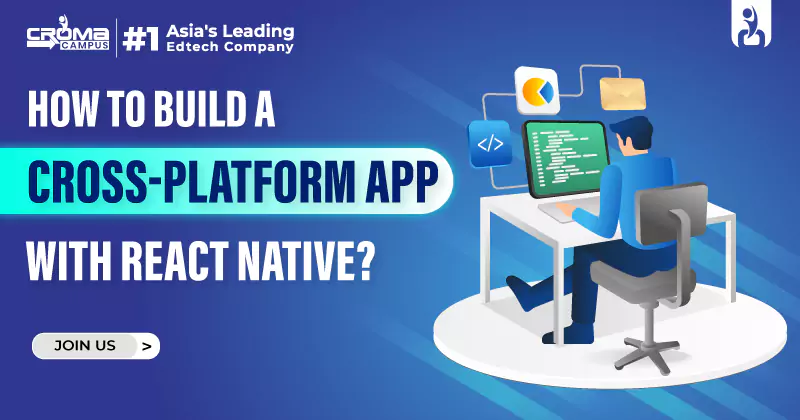



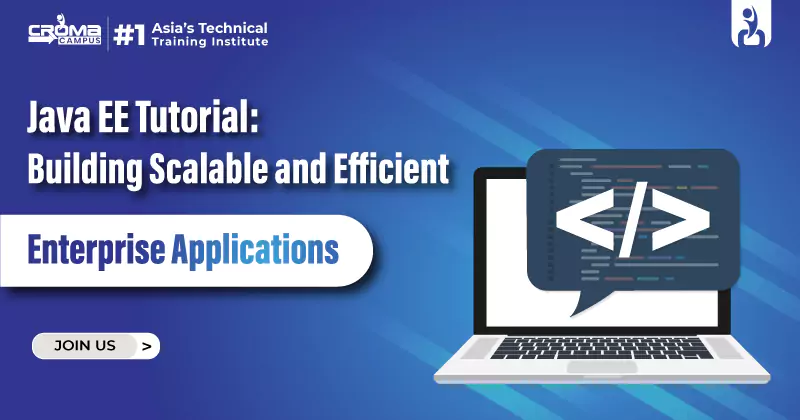
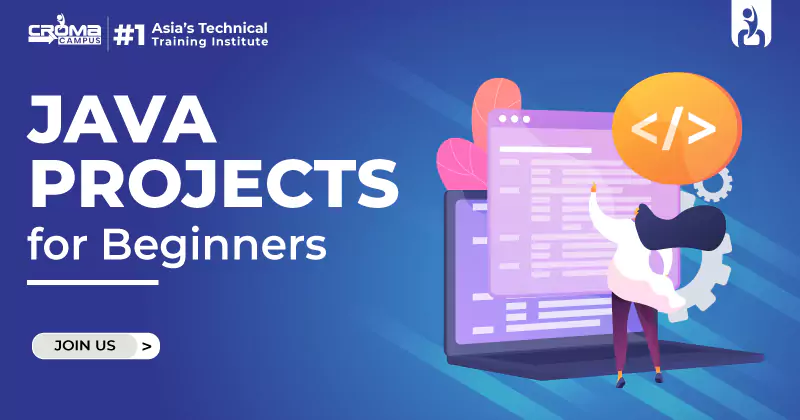
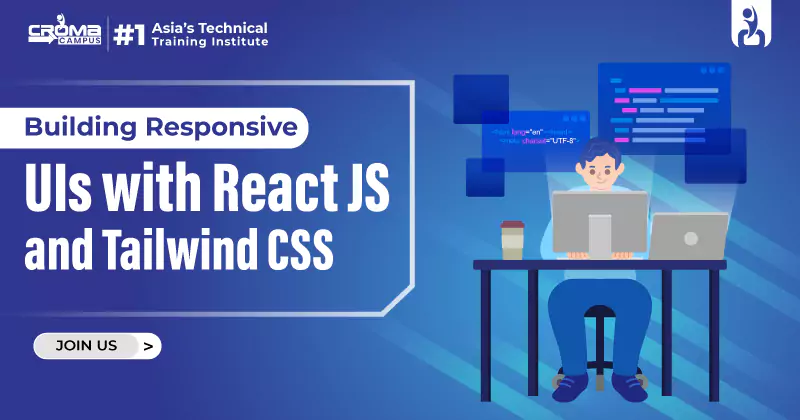


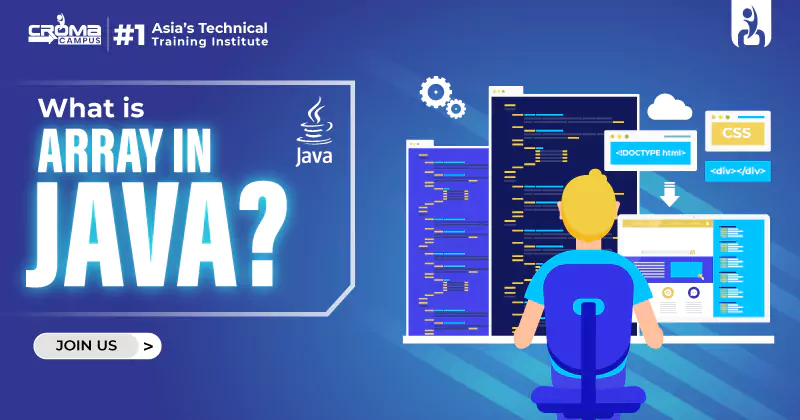










 Master in Cloud Computing Training
Master in Cloud Computing Training